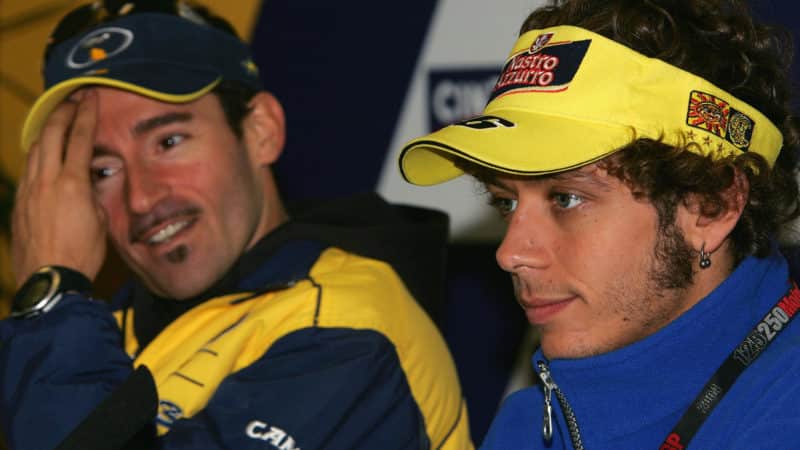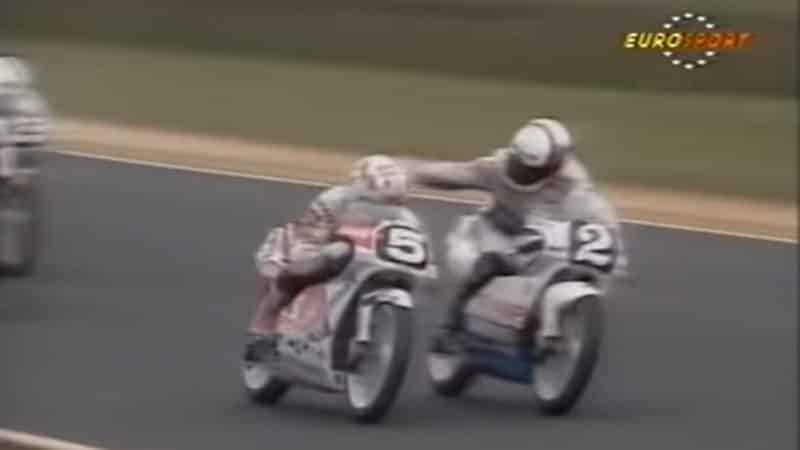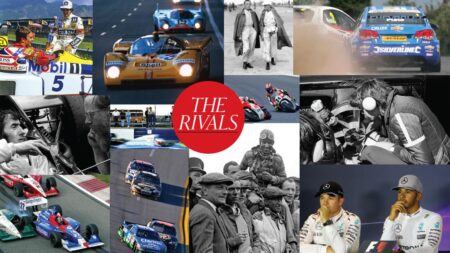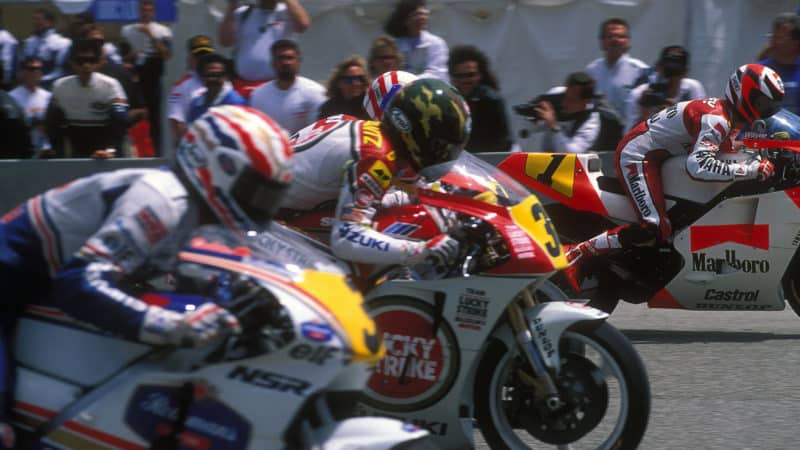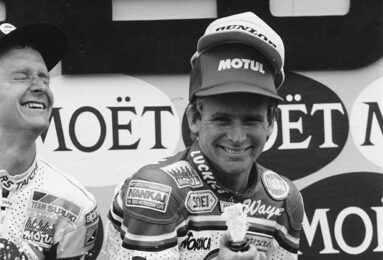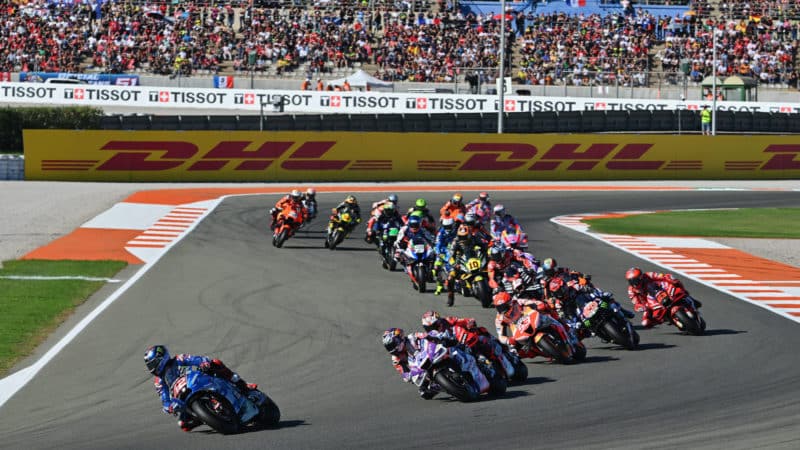Roberts was raging after the race. “He ran me off the track and I don’t think he realised what might have happened,” he told Motocourse. Forty years later, Roberts still doesn’t like to talk about what happened that day.
This all-American rivalry certainly got the fans fired up.
“After Anderstorp it definitely felt like more of a war,” remembers Spencer mechanic Nick Davis. “Freddie had death threats at the last race at Imola, just because Kenny was so popular.”
These menaces came in the form of cards dropped into the back of the Honda garage.
“We weren’t sure there was anything real in it,” adds Davis. “But Freddie definitely kept away from everything as much as he could and, just in case, we used Freddie’s and Erv Kanemoto’s motorhome drivers [who did double duty as gofers and bouncers] on the start line to protect Freddie.”
In 1968 things got even nastier between British pair Phil Read and Bill Ivy. Both were factory Yamaha riders, contesting the 125 and 250cc world championships, with little serious opposition from elsewhere, so Yamaha decreed that both must ride to factory orders: Read would win the 125 title, Ivy the 250.
All went to plan until the Czechoslovakian GP around the old Brno street circuit, where Read wrapped up the 125 title. Hours later he dropped his bombshell – he was going to double-cross Ivy.
“As we lined up for the 250s I said to Bill, ‘Okay, if you think you can beat me when we’re riding to orders, well, now you’re going have to race me for it’. He said, ‘Ah, f**kin’ ‘ell, Phil’. So we raced, I won and he was second.”
Read secured the 250 title at the Monza season finale, where Ivy had one last, and somewhat crazed, attempt at making the crown his. He filed a protest against his team-mate, claiming that Read’s number plates didn’t comply with regulations. It didn’t work.
